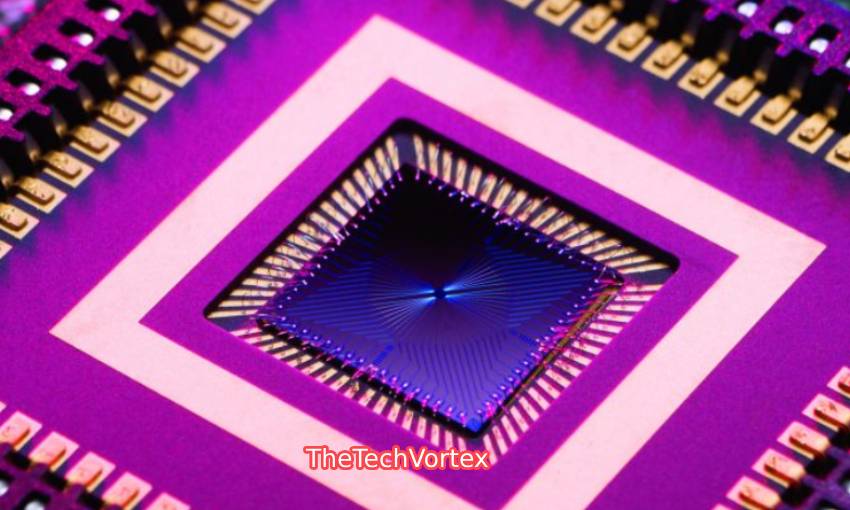NASA is all set to embark on its upcoming asteroid mission, the Psyche mission, which is scheduled for launch from the Kennedy Space Center tomorrow. This mission comes on the heels of the highly anticipated return of the OSIRIS-REx mission, which recently brought back a sample of rocks from the asteroid Bennu, revealing significant levels of carbon and water—two crucial components for life. Named after its target, the asteroid Psyche, this mission will be launched aboard SpaceX’s Falcon Heavy, the largest operational rocket in their fleet.
SpaceX’s Falcon Heavy Certified for High Priority Missions by NASA
While NASA has a history of launching various payloads and missions to distant celestial bodies, SpaceX’s Falcon Heavy has primarily been used for Earth orbit satellite launches. Its only interplanetary mission to date was its iconic test flight, which sent a Tesla Roadster on a path towards Mars. Afterward, the rocket experienced a hiatus of approximately one year, resuming operations with two launches in 2019. However, in late 2022, it made a robust return to regular spaceflight operations.
SpaceX recently announced that the Falcon Heavy will carry the Psyche mission’s payload fairing into an interplanetary transfer orbit. Launching missions to remote destinations, such as the Psyche asteroid, which resides 229 million kilometers from Earth at its nearest point in orbit, necessitates positioning the spacecraft into higher orbits before the second stage takes over.
As part of the Psyche mission, NASA has strategized a Mars gravity assist to augment the spacecraft’s velocity and reduce travel time. If the mission proceeds as planned, the spacecraft is expected to reach its destination in 2029, approximately six years after its launch. Upon arriving at the Psyche asteroid, the spacecraft will spend 26 months orbiting it.
Mapping the Psyche Asteroid and Testing New Communications Technology
The primary objective upon reaching Psyche is to meticulously map the celestial body by maneuvering the spacecraft at various altitudes. These orbits will range from coming as close as 40 miles to the asteroid’s surface to reaching heights of up to 440 miles. This comprehensive mapping mission aims to unravel the asteroid’s surface characteristics, gravitational field, and magnetic properties.
One remarkable aspect of the Psyche mission is NASA’s plan to test an innovative communication system. The agency aims to significantly enhance data transfer speeds through this endeavor. This system, known as NASA’s Deep Space Optical Communications (DSOC) test, involves deploying a transceiver equipped with a laser transmitter and camera. This setup will facilitate sending laser signals to Earth and receiving laser communications from the distant spacecraft. The groundbreaking aspect of this test is that it will enable NASA to communicate with a spacecraft that is positioned at least 240 million kilometers away from Earth—a significant milestone.

The original launch date for the Psyche mission was October 5th, but unforeseen issues with nitrogen gas thrusters led to a delay. These thrusters are crucial for steering the spacecraft during its journey through space. Additionally, the Psyche satellite is equipped with Argon thrusters, and NASA took the preparatory step of filling it with xenon gas in mid-August.
The anticipated launch time for the Psyche mission from the Kennedy Space Center is 10:19 a.m. local time on Friday, contingent on favorable weather conditions.




